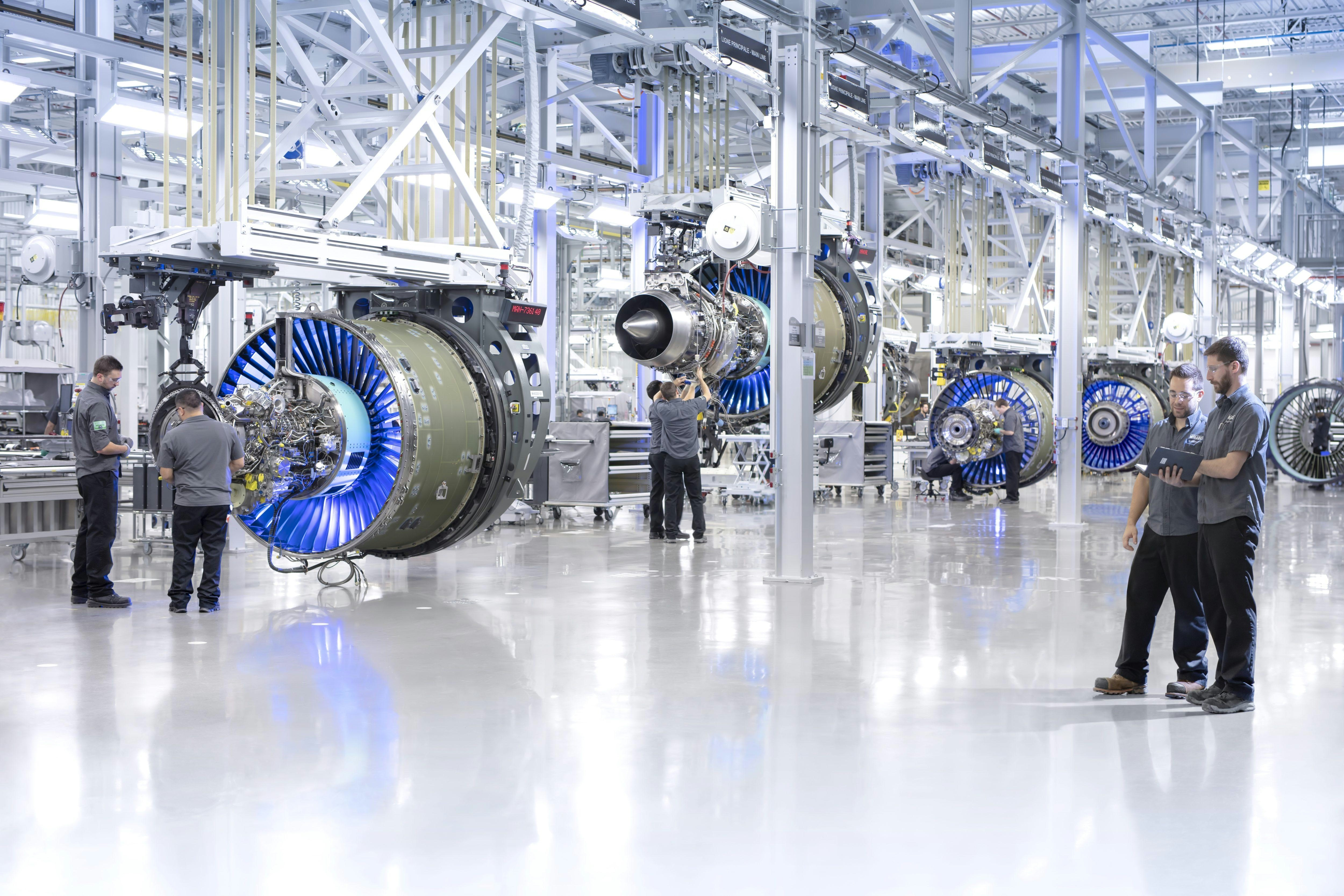
AeroGenie — 您的智能副驾驶。
热门趋势
Categories
uAvionix Adds New Features to AV-30-C with Software Update
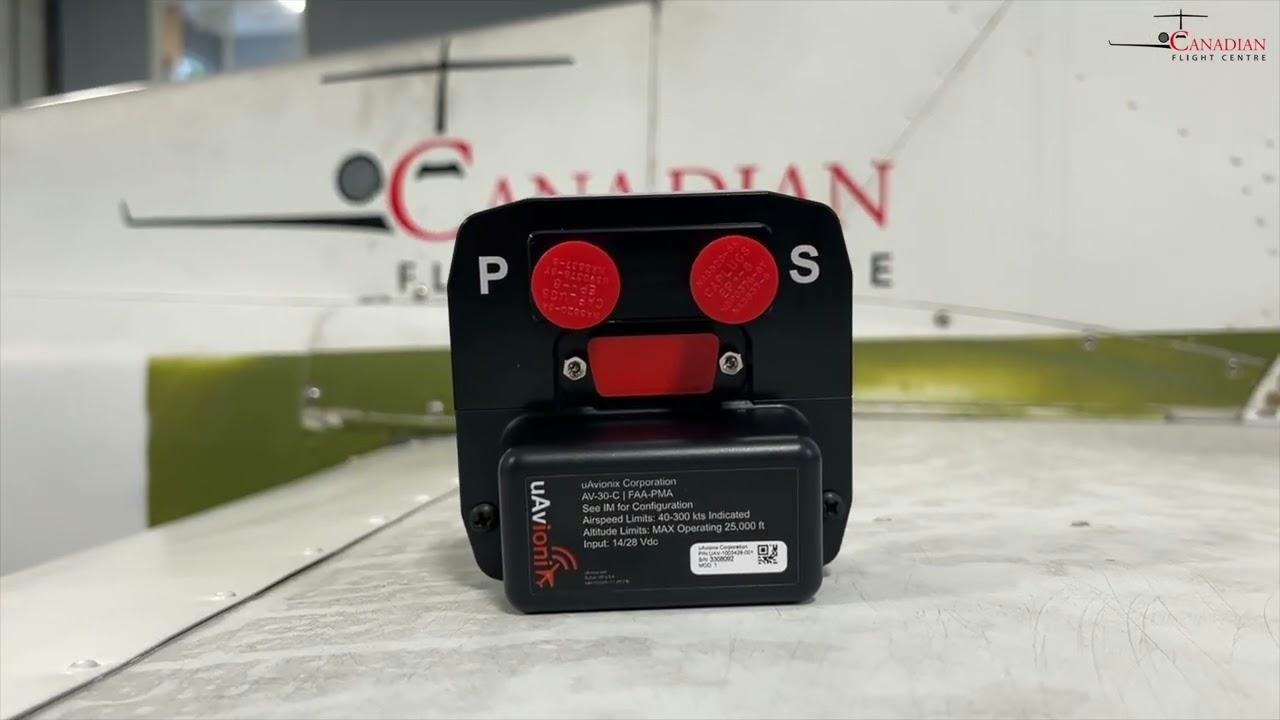
uAvionix Enhances AV-30-C Multifunction Display with FAA-Certified Software Update
uAvionix has introduced a significant software update for its AV-30-C multifunction display, expanding the device’s capabilities and improving operational integration for pilots. The Montana-based avionics manufacturer announced the upgrade on June 3, highlighting its approval by the Federal Aviation Administration (FAA) and its potential to benefit both instrument and visual flight rules (VFR) operations.
Expanded Functionality and Integration
The update allows the AV-30-C to interface with a wider array of GPS navigators and Genesys Aerosystems S-Tec autopilots, thereby streamlining cockpit management. When paired with uAvionix’s AV-HSI PMA module, priced at $799, pilots can now access horizontal and vertical guidance, heading bug synchronization, and GPS steering across up to four AV-30-C displays. This enhanced integration aims to reduce pilot workload and improve situational awareness.
Additional features introduced include turn coordinator functionality, high- and low-voltage indicators, minimum and maximum G-force tracking, and a vertical speed indicator integrated into the traffic display. John Chargo, lead product owner for the AV-30 at uAvionix, described the release as a “major software evolution” that unlocks powerful new capabilities while reinforcing the company’s commitment to delivering advanced yet accessible avionics. Importantly, the software update is provided free of charge to existing AV-30-C users.
Challenges and Market Implications
Despite the promising enhancements, uAvionix faces several challenges in deploying the update. Ensuring seamless compatibility with existing aircraft systems is essential to avoid operational disruptions. The company must also address potential resistance from pilots accustomed to the previous software interface and be prepared to resolve any technical issues that may arise during or after installation to maintain user confidence.
Market responses are expected to vary. While some operators and airports may embrace the improved functionality, others might be concerned about the time and resources required for implementation. The update could also prompt competitive responses from industry leaders such as Garmin and Honeywell, who may introduce similar software enhancements to protect their market share.
uAvionix’s Ongoing Innovation in General Aviation
uAvionix first gained attention in the general aviation sector in 2018 with its tailBeacon ADS-B transponder, which provided a straightforward and affordable solution for ADS-B Out compliance. The AV-30 instrument, initially developed for experimental aircraft in 2019 and certified in 2020, further exemplified the company’s focus on accessible, cost-effective avionics solutions.
With this latest software update, uAvionix seeks to reinforce its reputation for innovation while navigating the complexities of system integration and competitive pressures in the evolving avionics market.

PCC Approves Acquisition of Global Aircraft Leasing Firm
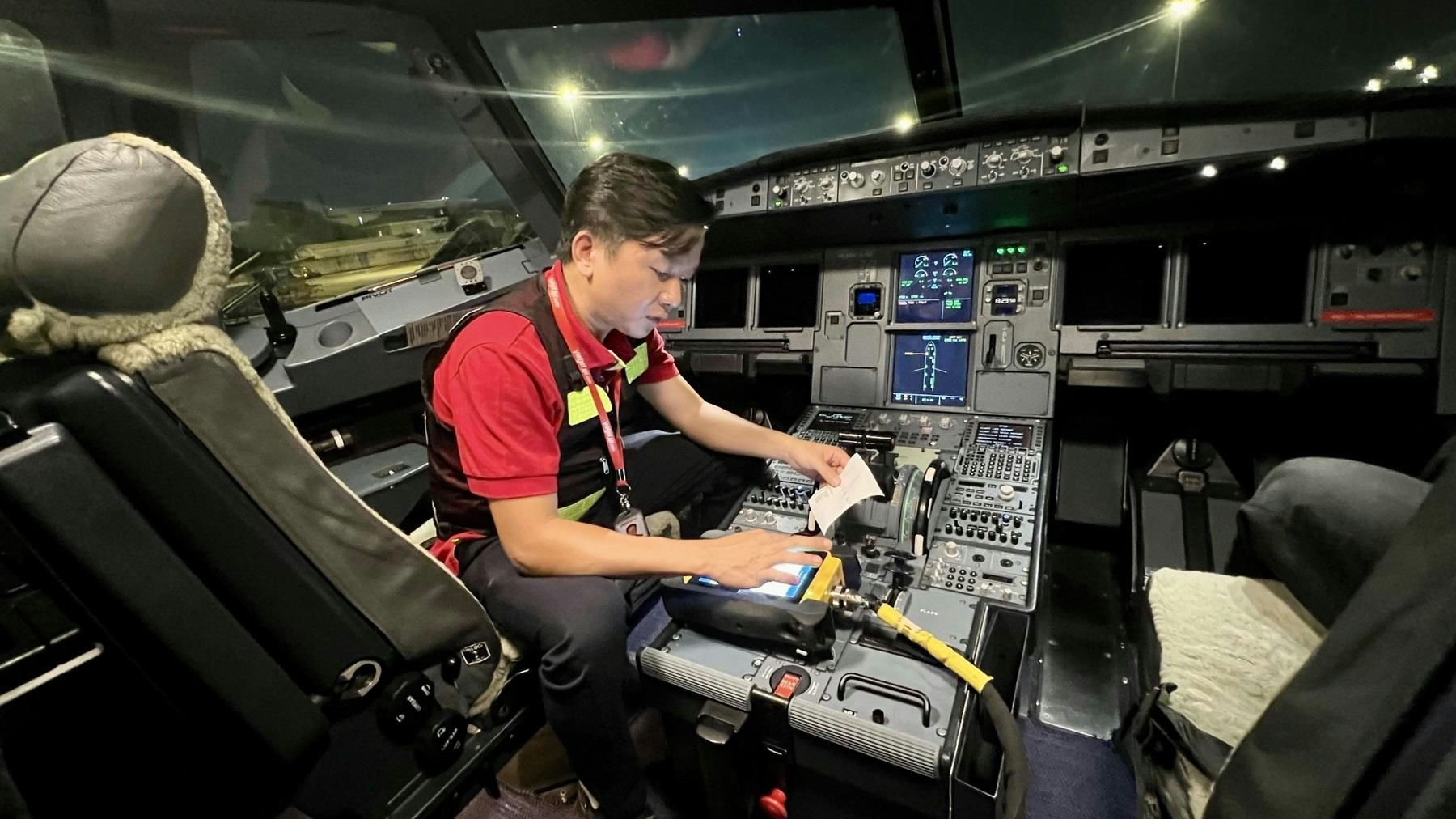
Inside Vietjet’s 32-Hour Emergency Response to Keep Airbus Fleet Operational
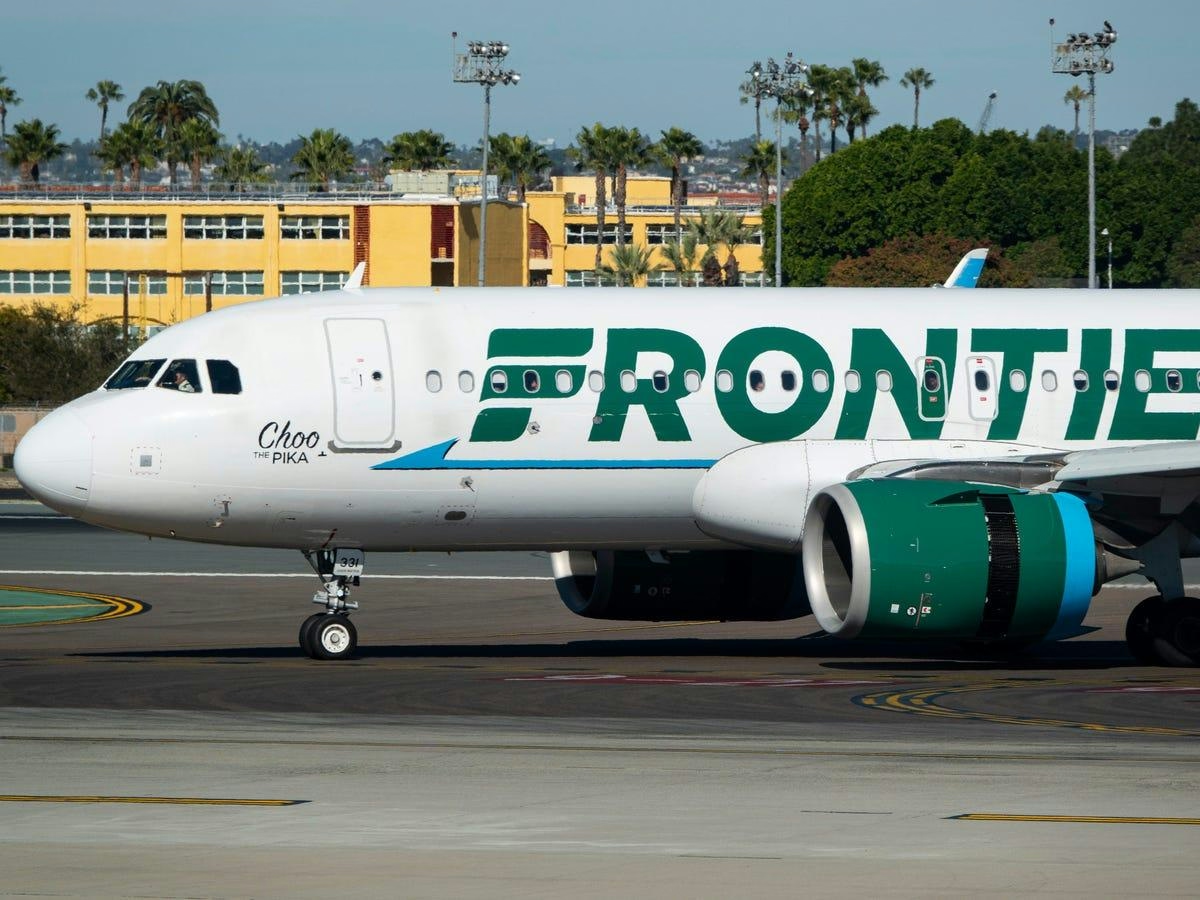
Frontier Airlines Airbus A321neo Returns to Cleveland After Engine Fire
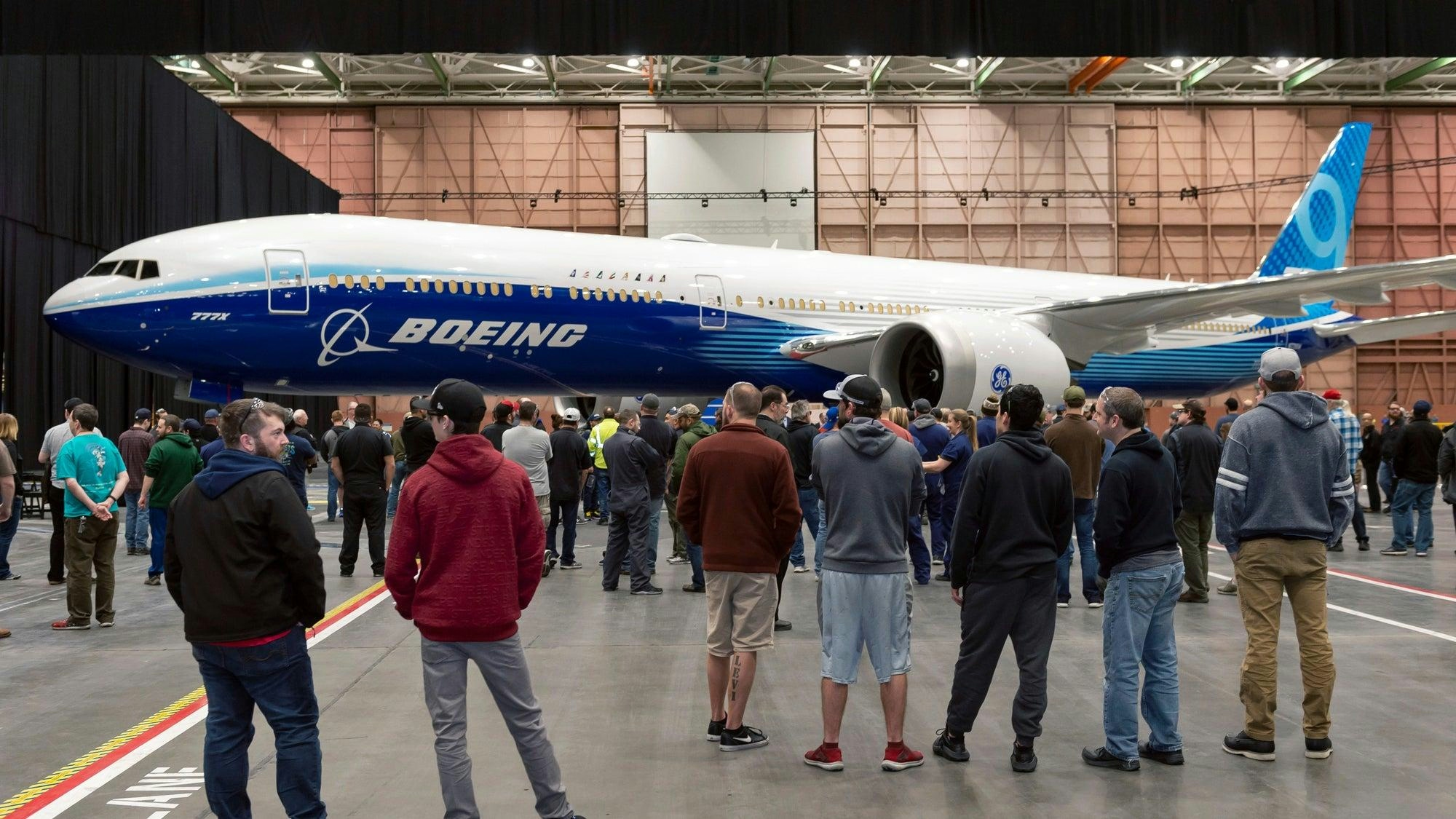
Why the Boeing 777X Is Limited to a Single Engine Type
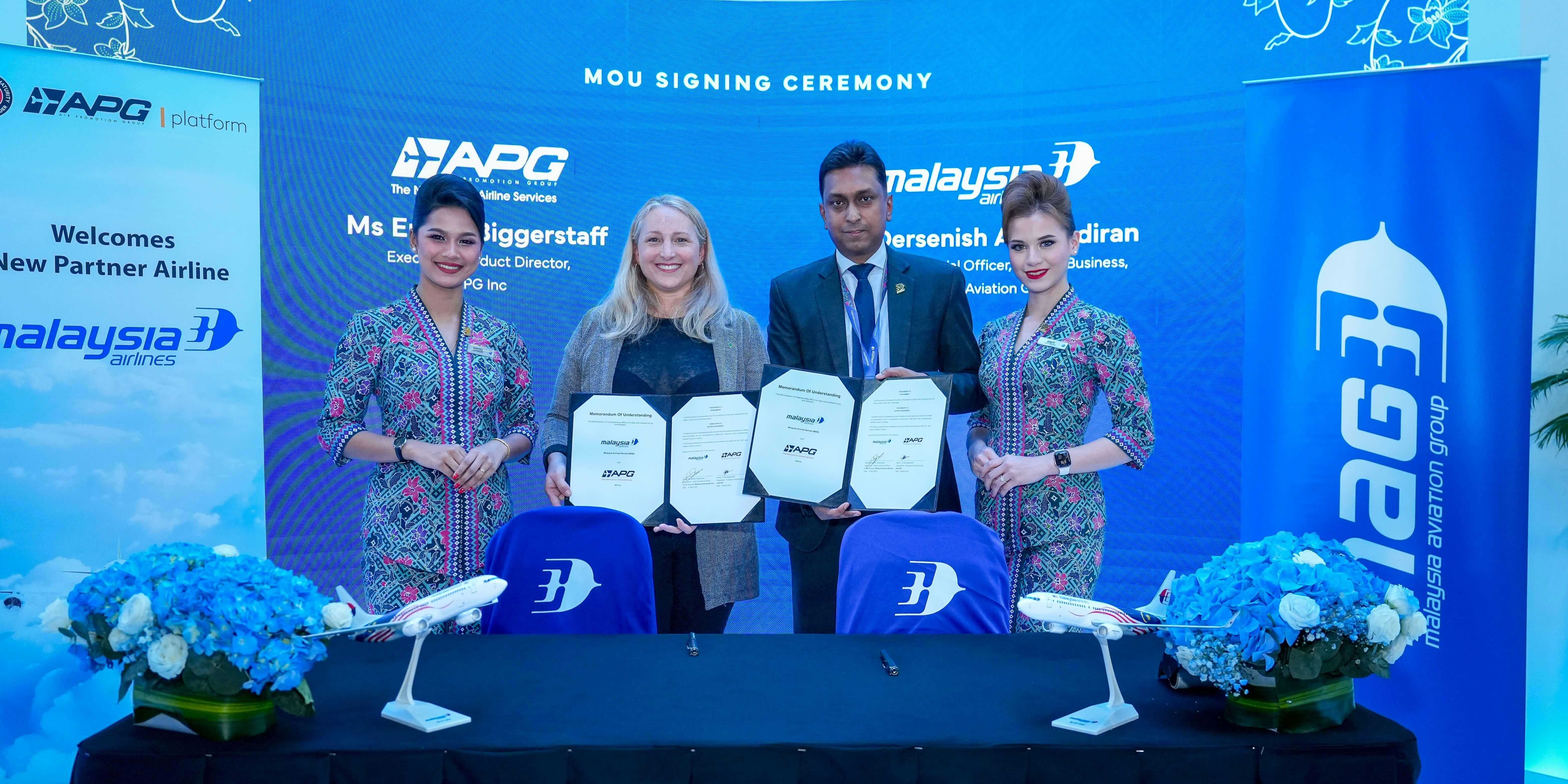
Malaysia Aviation Group Announces Long-Term Business Plan

TrueNoord Expands Executive Team
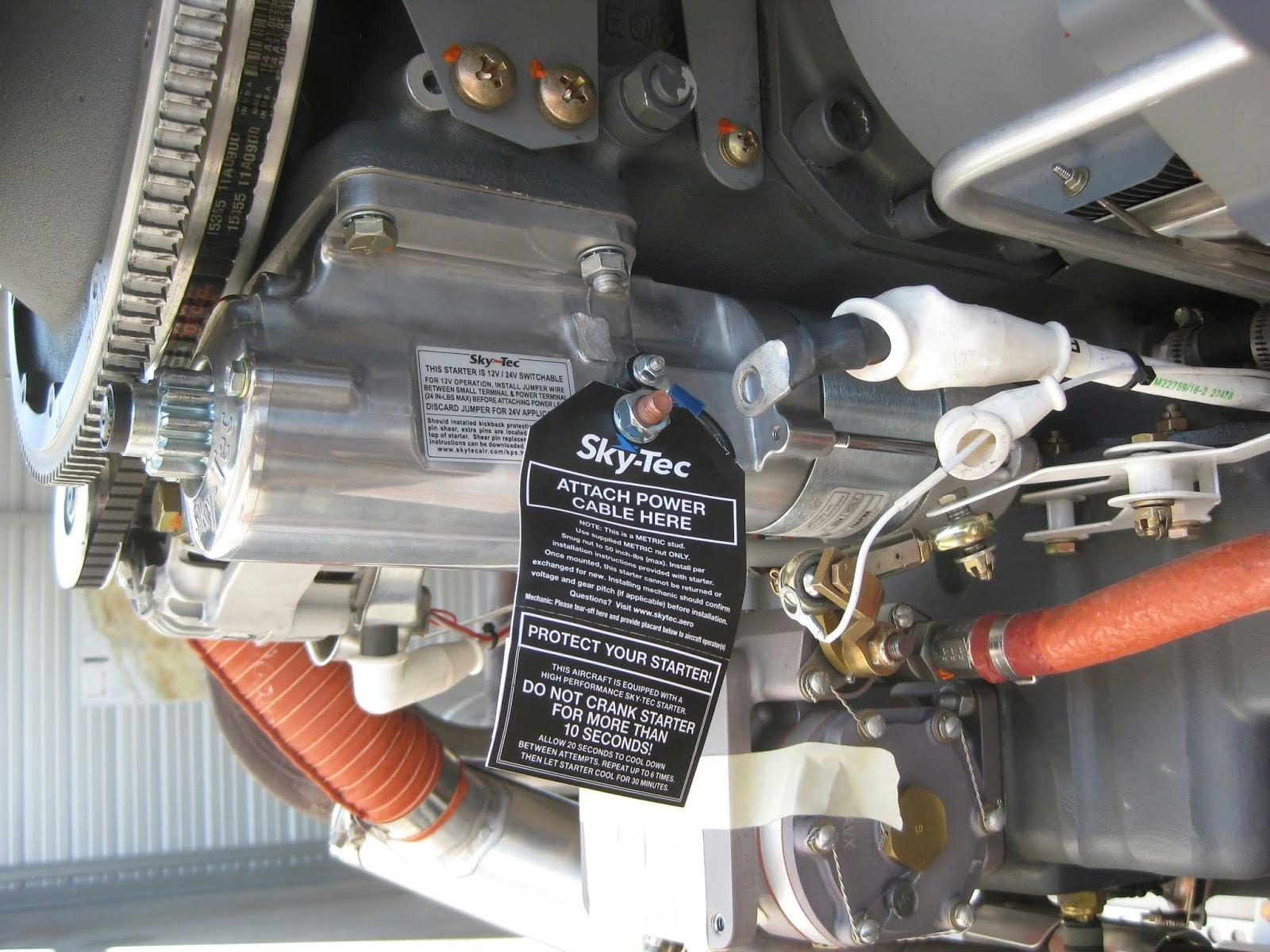
Hartzell Launches Sky-Tec Starter Line
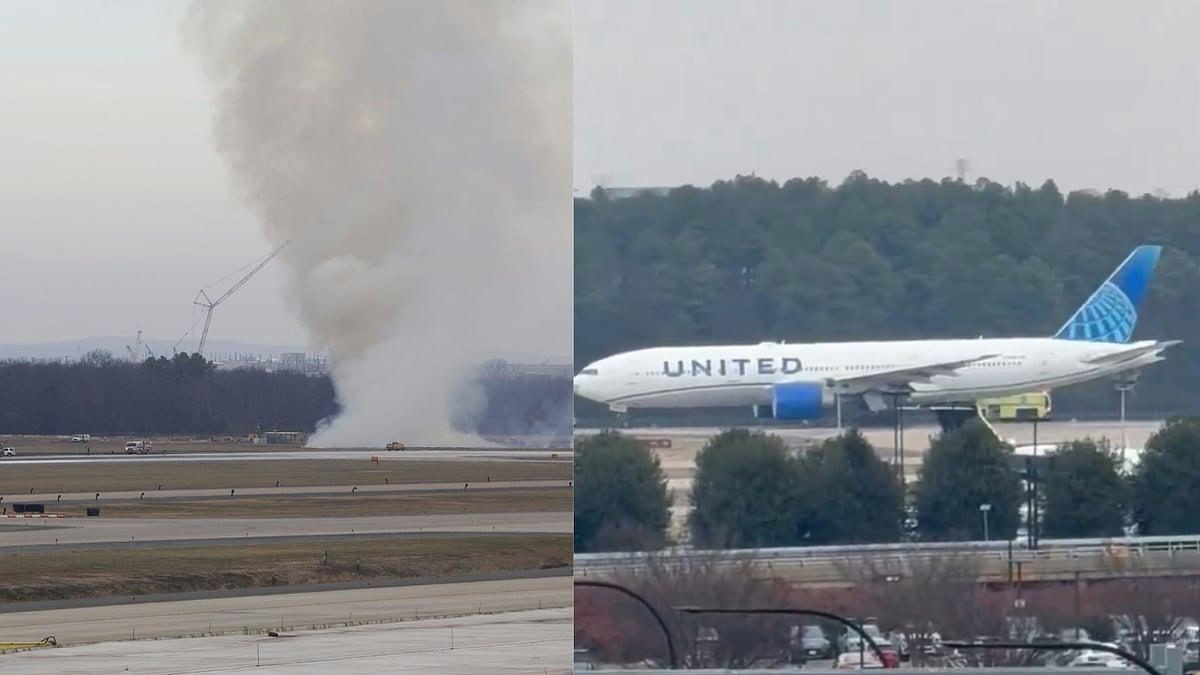
Boeing 777 Engine Failure Reported at Dulles Airport
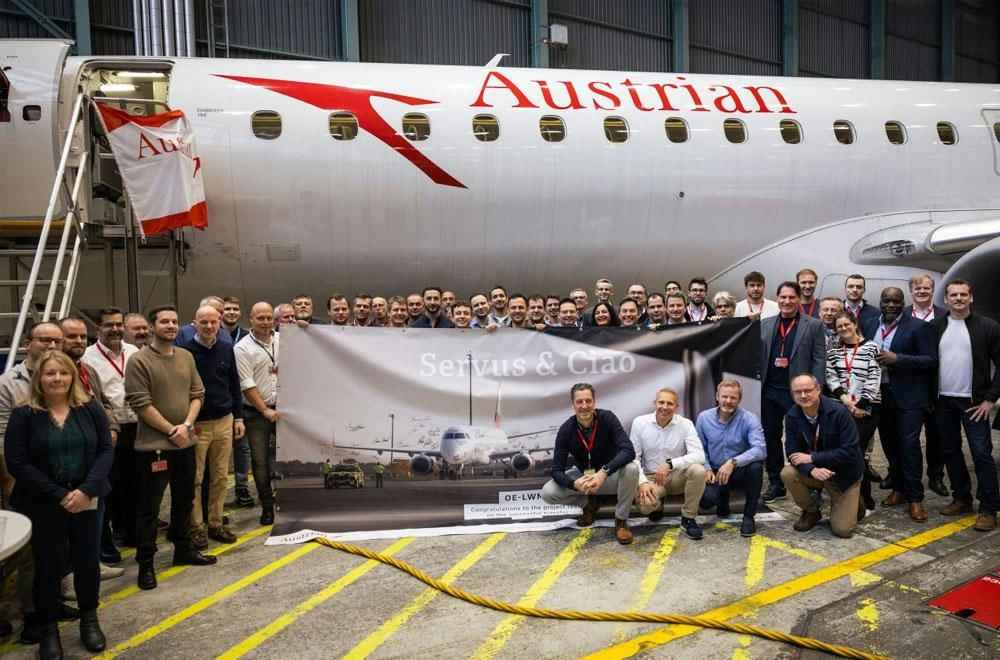
Austrian Airlines Transfers Embraer Fleet to Air Dolomiti
